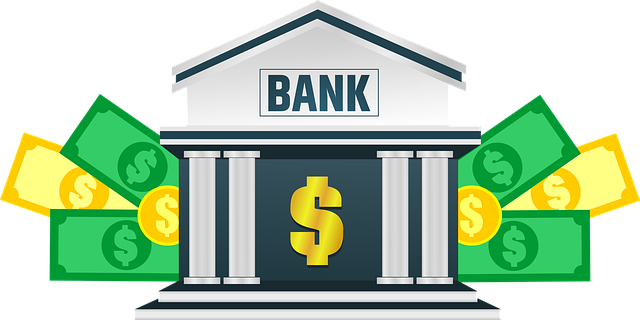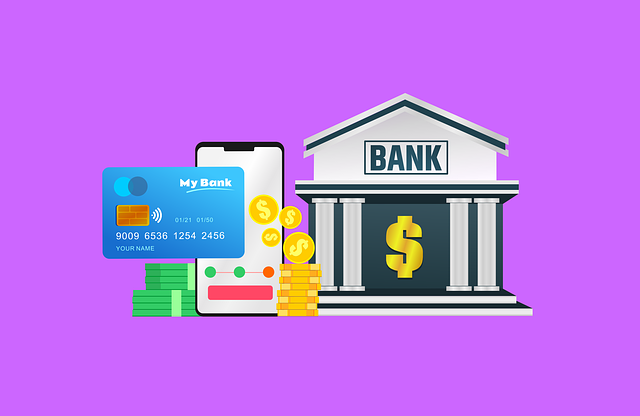Invoice factoring is a financial strategy that provides small and medium-sized enterprises (SMEs) with immediate cash flow by converting outstanding invoices into quick money. It offers businesses an alternative financing method to manage operational expenses, seize growth opportunities, or handle peak seasons with demand outpacing resources. By selling accounts receivable to third-party funders (factors), SMEs can access liquidity without waiting for customer debt settlement, especially beneficial for those dealing with slow-paying clients or lengthy collection cycles. The process starts with the factor advancing a percentage of the invoice value, and as customers pay, the factor collects these payments, remitting the remaining balance to the business after deducting fees or discounts.
Invoice factoring is a powerful tool that empowers businesses to take control of their cash flow. In today’s fast-paced business landscape, immediate financial support is crucial for growth and stability. This article delves into the world of invoice factoring, exploring its definition, benefits, and step-by-step process. We’ll uncover how this solution provides ‘immediate funding’ for businesses, revolutionizing their cash management strategies. From understanding eligible invoices to evaluating funding options, we’ll simplify this complex tool, revealing its potential as a flexible and dynamic solution for businesses seeking ‘cash for invoices’.
- Understanding Invoice Factoring
- – Definition and basic concept
- – How it works: Step-by-step breakdown
Understanding Invoice Factoring

Invoice factoring is a financial strategy that enables businesses to transform their outstanding invoices into immediate funding. It works by selling accounts receivable—invoices owed to your company—to a third-party funder, known as a factor. This process provides businesses with quick access to cash flow, typically within 24 hours of invoice submission, rather than waiting for customers to settle the debts.
This alternative financing method is particularly beneficial for small and medium-sized enterprises (SMEs) dealing with slow-paying clients or those in industries with lengthy collection cycles. By using invoice factoring, businesses can secure immediate funding to cover operational expenses, capitalize on growth opportunities, or manage cash flow during peak seasons when demand exceeds resources.
– Definition and basic concept

Invoice factoring is a financial transaction that provides businesses with immediate funding by selling their outstanding invoices at a discount. It’s a powerful tool for cash flow management, especially for small to medium-sized enterprises (SMEs) looking to bridge short-term gaps in capital. The basic concept involves a factor (a third-party financier) purchasing these accounts receivable from the business at a reduced price. This instant funding can help companies cover immediate expenses, such as paying bills or wages, without having to wait for their clients to settle invoices on traditional terms.
By using invoice factoring, businesses gain access to cash for invoices before the typical settlement date, offering significant advantages in managing cash flow and operational costs. It’s a flexible solution that can be tailored to meet the unique needs of different industries, making it an attractive option for those seeking efficient and effective capital infusion.
– How it works: Step-by-step breakdown

Invoice factoring is a financial strategy that offers businesses an efficient solution for managing their cash flow. Here’s how it works step-by-step:
1. A business sells its invoices (unpaid customer accounts) to a factor, often a specialized financing company. This transfer involves immediate funding, providing the business with much-needed cash quickly.
2. The factor advances a certain percentage of the invoice value to the business, instantly enhancing their cash reserves. This advance is typically based on the creditworthiness of the customers and the terms of the agreement.
3. As customers pay their invoices over time, the factor collects these payments. They then remit the remaining balance to the business after deducting a fee or discount for their service.






